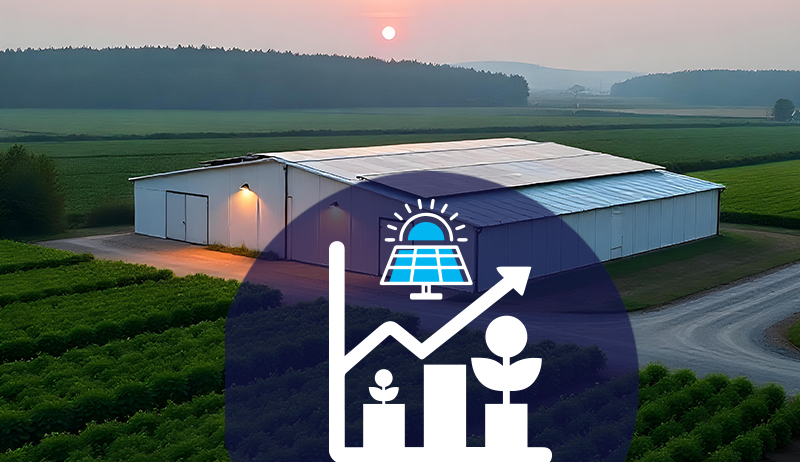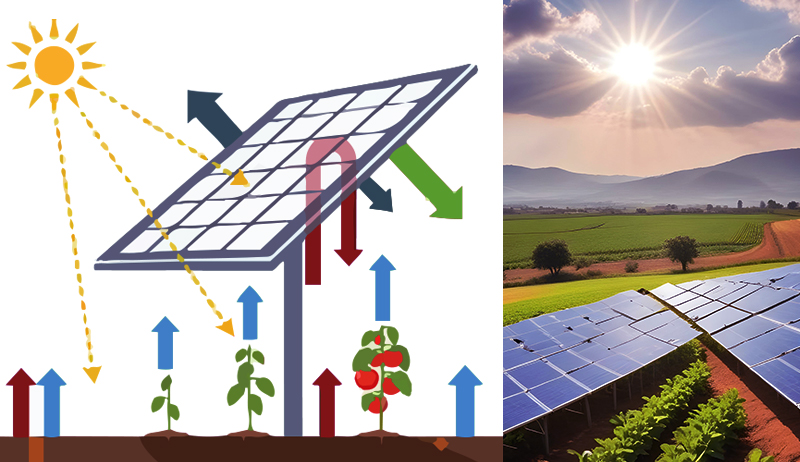The California Public Utilities Commission (CPUC) approved plans to add around 25,500 MW of renewable energy resources and 15,000 MW of energy storage and demand response resources by 2032.
The decision also adopted a 35 million metric ton (MMT) electric sector greenhouse gas emission (GHG) planning target. That goal, also to be achieved by 2032, is tighter than an earlier 46 MMT GHG target.
The CPUC said its February 10 decision equates to 73% Renewables Portfolio Standard (RPS) resources and 86% GHG-free resources by 2032.
The preferred system plan portfolio differs from one previously adopted by including more solar and battery storage, as well as new long-duration storage, out-of-state wind, and offshore wind resources.
The decision said the process to include offshore wind in IRP capacity expansion models began in early 2020 and is due to wrap up in 2022. A March 2021 joint agency policy report to state legislators showed that offshore wind was likely to be needed in California’s 100% clean energy portfolio by 2045.
The commission said that three load serving entities already have included around 300 MW of offshore wind in their integrated resource plans. Those resources would connect to the state’s electric power grid at interconnection points in Humboldt County and at Central Coast locations.
Including offshore and out-of-state wind resources show their increased viability as “cost-effective resources” to help meet state goals, the CPUC said.
A preliminary analysis of CPUC’s preferred system plan portfolio of the load serving entities (LSEs) indicated that sufficient space exists for these new resources on the existing transmission system. It said that “only limited transmission upgrades” would be needed by 2032.
The CPUC said this finding would be validated in detail by the California Independent System Operator (CAISO) in its 2022-2023 Transmission Planning Process (TPP). The TPP is an evaluation of the CAISO transmission grid to identify grid upgrades needed to address reliability, meet state policy goals, and provide economic benefits.
The regulatory decision also ordered utility procurement of two battery storage projects that were identified by the CAISO as alternatives to transmission upgrades in the previous TPP cycle. The projects are both in Pacific Gas and Electric’s service area. They include a 95 MW 4-hour storage resource on the Kern-Lamont 115 kV system and a 50 MW 4-hour storage resource at the Mesa 115 kV substation.
California PUC adopts plan to add 25.5GW of renewables by 2023
Renewable Energy
Germany and the U.S. — a Key Difference
 As I mentioned in my recent post on Germany, we have a president in the United States who’s doing everything in his power to destroy the entire renewable energy industry, and, thus, is creating a real problem for those concerned about jobs. Currently, there are 569,000 solar in renewable energy generation, and over 3 million in the related industries, e.g., battery storage.
As I mentioned in my recent post on Germany, we have a president in the United States who’s doing everything in his power to destroy the entire renewable energy industry, and, thus, is creating a real problem for those concerned about jobs. Currently, there are 569,000 solar in renewable energy generation, and over 3 million in the related industries, e.g., battery storage.
Here’s a question worth asking: What do the Germans have that Americans don’t? Answer: A population of voters that values honesty and sanity.
What they don’t have is a criminal sociopath running their country.
Renewable Energy
German Cranks Up the Volume on Renewable Energy
Germany finds itself in a unique position among the countries of the world, in that it’s gotten rid of both coal and nuclear and now depends quite heavily on renewables. Germany is the world’s third largest economy, behind the United States and China, so there is a huge amount at stake.
These people are extremely sharp, and they’re not known for risk-taking. Yet they’ve made a huge commitment here; renewables (mainly wind and solar) accounted for 59% of Germany’s electricity in 2024, and that figure is headed for 80% by 2030.
Meanwhile, in the United States, we have a president who’s doing everything in his power to destroy the entire renewable energy industry, and, for those concerned about jobs, this is problematic, to say the least. At the end of 2024, more than 3.5 million Americans were employed in clean energy occupations, spanning renewable generation (569,000 jobs), battery and storage, energy efficiency, biofuels, grid modernization and clean vehicles industries. These jobs now represent a significant share of the U.S. workforce—including seven percent of all new jobs added in 2024—and are spread across every state, strengthening local economies.
A quick story: The governor of Iowa, a Republican, was asked by another GOP leader why he didn’t but a spear through the wind industry, as it’s competitive with fossil fuels, which Republicans adore. The reply, “Are you kidding? What you think hundreds of thousands of my voters do for a living?”
Renewable Energy
2026 Victorian Air Conditioning Rebate: What’s New!
The post 2026 Victorian Air Conditioning Rebate: What’s New! appeared first on Cyanergy.
https://cyanergy.com.au/blog/2026-victorian-air-conditioning-rebate-whats-new/
-
Climate Change2 years ago
Spanish-language misinformation on renewable energy spreads online, report shows
-
Climate Change3 months ago
Guest post: Why China is still building new coal – and when it might stop
-
Climate Change Videos2 years ago
The toxic gas flares fuelling Nigeria’s climate change – BBC News
-

 Greenhouse Gases1 year ago
Greenhouse Gases1 year ago嘉宾来稿:满足中国增长的用电需求 光伏加储能“比新建煤电更实惠”
-
Greenhouse Gases3 months ago
Guest post: Why China is still building new coal – and when it might stop
-

 Climate Change1 year ago
Climate Change1 year ago嘉宾来稿:满足中国增长的用电需求 光伏加储能“比新建煤电更实惠”
-

 Carbon Footprint2 years ago
Carbon Footprint2 years agoUS SEC’s Climate Disclosure Rules Spur Renewed Interest in Carbon Credits
-
Renewable Energy4 months ago
US Grid Strain, Possible Allete Sale














